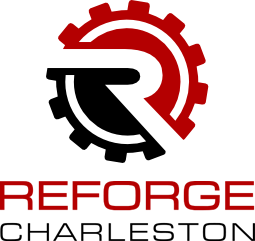1. Raster/Engrave
What is Raster/Engraving?
Raster engraving, often simply called engraving, is the process of removing the top layers of the material to create a detailed image or pattern. The laser head moves back and forth, line by line, like a printer, gradually building up the image.
Best Uses for Raster/Engraving
- Detailed Images: Ideal for detailed work like photographs or intricate patterns.
- Text and Logos: Perfect for engraving text, logos, or other graphic designs.
- Surface Detailing: Great for adding surface details to a larger piece without cutting through the material.
Things to Consider
- Time-Consuming: Raster engraving takes longer than scoring or cutting.
- Material Depth: Different materials will engrave at different depths. Test on a small area first.
2. Score
What is Scoring?
Scoring is a lighter version of cutting. The laser traces a line on the material's surface, creating a shallow cut that doesn't go all the way through. It's like drawing with the laser.
Best Uses for Scoring
- Outlining: Perfect for creating outlines of shapes or text.
- Fold Lines: Ideal for marking where to fold on materials like paper, cardstock, or thin wood.
- Decorative Details: Adds aesthetic lines or borders without the depth of engraving.
Things to Consider
- Depth and Visibility: Score lines are less visible than cuts or deep engraving.
- Material Thickness: Scoring works best on thinner materials.
3. Cut
What is Cutting?
Cutting is the full penetration of the material. The laser follows a path and cuts all the way through, allowing you to create individual shapes or parts.
Best Uses for Cutting
- Shapes and Parts: When you need to cut out shapes or parts from your material.
- Complex Designs: Ideal for intricate designs that require precise, clean edges.
- Layered Projects: Perfect for creating components to be assembled or layered in projects.
Things to Consider
- Material Limitations: Not all materials can be safely or effectively cut.
- Thickness: The effectiveness of cutting depends on the material's thickness and the laser's power.
Conclusion
Selecting between raster/engrave, score, and cut depends on the specifics of your project. For detailed surface work, engraving is your go-to. For light, surface-level detail or marking fold lines, scoring is ideal. And, when you need to cut out shapes or pieces from your material, cutting is the operation to choose. Always consider the material you are working with and the desired outcome of your project. Experiment with small samples first if you're unsure. Happy crafting with your Glowforge Laser Cutter!
